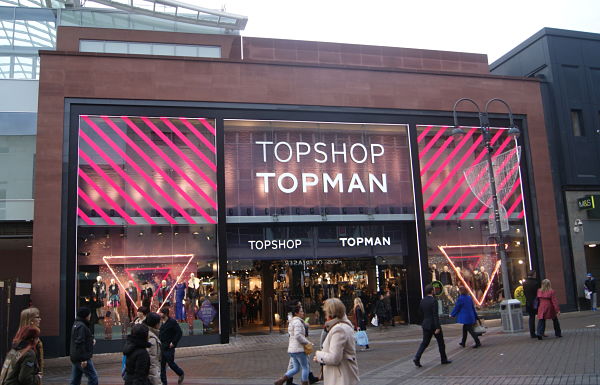By Sebastian Pedavoli, Co-founder and Creative Director at Proxima
The Australian retail landscape is undoubtedly more competitive than ever. The proliferation of new online stores, paired with international retailers like H&M, Uniqlo and Topshop all opening down under has meant consumers now have more choice and variety. As a result, the loyalty that customers once had to their department or fashion store — largely because of lack of choice — is now an increasingly rare commodity for retailers.
In order to regain at least some of that loyalty, it’s not enough to simply move your bricks and mortar store online, or pivot the business to focus on other offerings. Rather, retailers need to rethink the customer experience of shopping.
The key is fostering targeted and personalised engagement between a retailer and consumer.
The future of retail must lie in adopting technology beyond simply building an e-commerce platform and loyalty program. The right blend of technology can revolutionise the customer’s in-store experience, by inspiring them, solving their needs faster, informing them effectively, and making it a personal experience. But it needs to be used in the right way. So how do you get started?
Harnessing the information you already have about your customer base, as a whole — garnered through emails, point of sale experience, surveys and other data points — can let you transform the store into something that consumers feel they want to visit, not have to.
Imagine a department store five years from now. Your customer walks in and launches the store’s mobile app, which they’ve used for the past few days to window shop their favourite items. Immediately, the app determines the customer is in the store and as they start to wander around the store, beacons (small wireless sensors that transmit messages or prompts directly to mobile devices) carefully placed around the store trigger prompts to the consumer’s phone, letting them know where to find the items on their wishlist or in their mobile shopping cart.
In the back-end, that same technology alerts the appropriate attendant to be on standby for the customer to discuss the clothes in more detail. The app tells the customer an attendant is ready to chat, giving the customer the choice to get more help in person or shop solo.
It’s easy to see from this example how digging deep into your customer database allows you to look at your customer, paint a picture of who they are and learn how you can solve their problem.
There’s other scenarios too.
Major supermarkets offer ‘click and collect’ style shopping, where grocery shoppers do their weekly shop online then collect the items from the supermarket on the way home from work, or at a time convenient to them. The problem is, once they get to the store it often takes attendants 15 to 20 minutes to collect the items the person has ordered, effectively eradicating the convenience of online shopping.
Technology helps solve that. With beacons placed at the entrance to the shopping centre and the supermarket, the customer’s phone can (with the customer’s permission) alert service staff to the fact they’re about to be at the store. Then, by the time they get to the supermarket, the store has the items ready at the service desk, cutting down a click and collect experience from several minutes to seconds and reintroducing convenience.
All of this, of course, has to be done with the customer’s permission, but it’s easy to see why that convenience can lead to loyalty. It’s these types of premium user experiences that provide consumers with an unmatched level of personalisation and ultimately, engagement.
By merging the physical space of a store with the online content that exists in the digital world, retailers can really push the limits on engaging consumers – creating more interactive and personalised experiences that can help boost customer loyalty in a retail world where this is rare.
The time has come for retailers to think beyond offering simple click and collect pick up options or the same tired promotions online and in-store. With technology like ibeacons, retailers can continue to push the boundaries, so that a truly engaging experience can be created. Retailers need only start adopting and integrating it into their environments. Like anything, those who move quickly will be the ones to reap the benefits.

